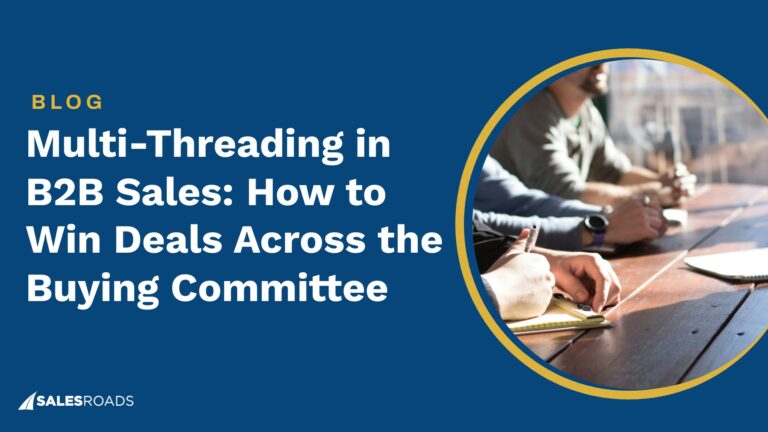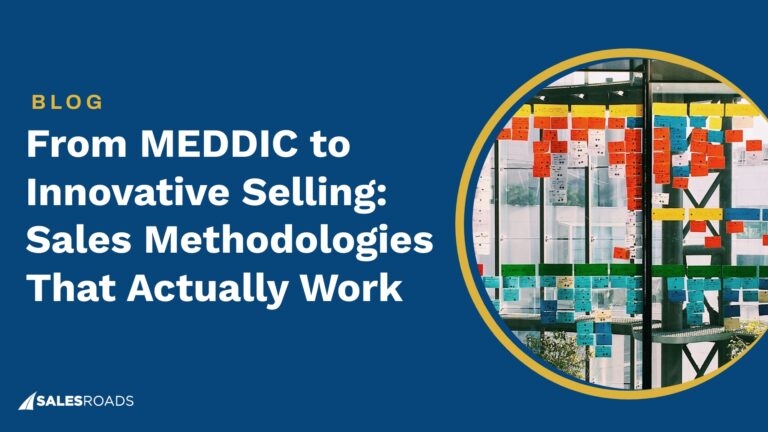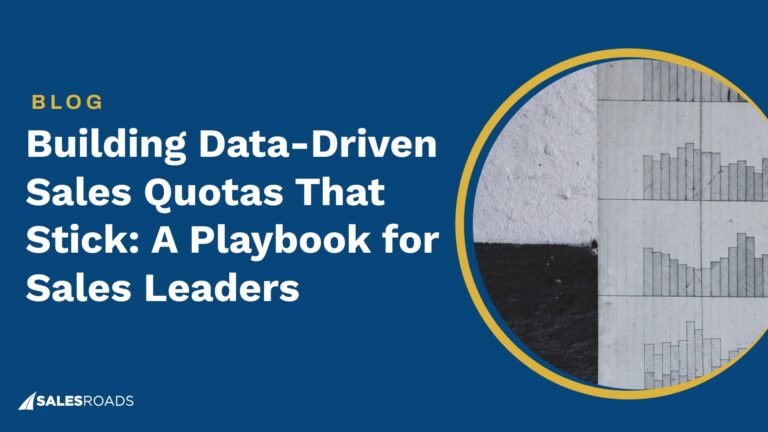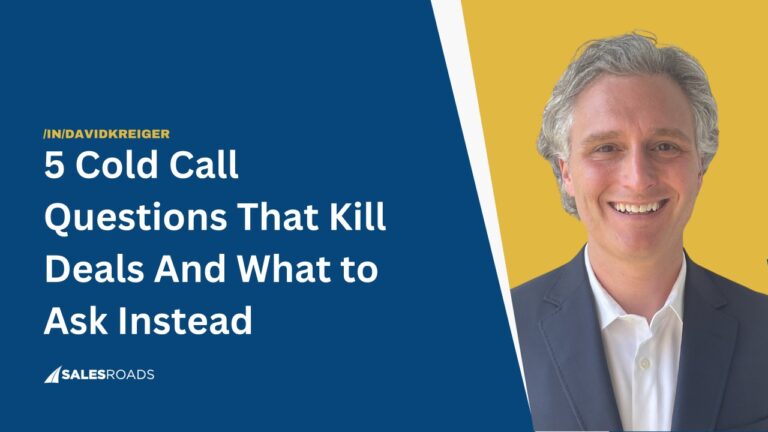A recent study published by DemandGen reported that about 67% of customers base their choices on sales content when looking for products or services to buy1.
As leads are more likely to pursue companies that produce reliable and visually appealing content, it becomes urgent for businesses to focus their efforts on creating material capable of engaging prospects toward the purchase.
The name “sales collateral” refers to this type of content created to move prospects faster through the pipeline. It is a powerful resource for salespeople to build relationships, convert leads, and generate revenue and an effective way to boost individual sales performance.
Sales Collateral and The Buyer’s Journey
Sales collateral content meets prospects’ needs as they move down the pipeline. Team managers must understand these demands and train SDRs to create valuable content for each level.
Factors like industry, product features, and business size influence a company’s buyer journey, but in general, the process can be classified into three broad stages:
- Awareness
- Consideration
- Decision
Awareness
At this stage, prospects are aware that they are experiencing a problem and are looking for information to better understand it.
“Why are we not generating revenue?”
Consideration
The buyer clearly understands the problem and is now exploring several approaches and strategies to solve it.
“How do we get more qualified leads?”
Decision
The buyer has identified the answer to the problem and will now choose which vendor or service to use.
“Which lead generation agency should I outsource to?”
Types of Sales Collateral
Sales professionals can organize collateral content into the buyer journey’s phases, with supplementary materials for client retention and advocacy.
Sales collateral for the awareness stage
According to DemandGen’s content preference study, 47% of internet users view three to five sales content before interacting with a company. This places a high value on the type of collateral used at this point in the buyer’s journey.
The most effective formats for sales collateral at the awareness stage are:
- Blogs
- Ebooks
- Landing pages
- Social media
Blogs
Blog posts can boost visibility and provide prospects with intriguing information to learn from. They are an excellent foundation for other types of sales collateral in the buyer’s journey.
Ebooks
Sales reps can provide comprehensible information for prospects by creating interactive, downloadable ebooks and guides. This content should be well-structured so that leads can access them with minimal effort.
Landing pages
Landing pages are useful for tracking lead sources and engagement rates for effective sales collateral management. They can also serve as hubs for other sales content and contain offers, tools, and services to solve client pain points.
Social media
Using social media as sales collateral involves sharing relevant and valuable content with your audience. This encourages engagement and establishes your company as an authority in your industry.
SDRs can develop social listening skills2 by identifying topics that resonate with leads and driving them to the next stage of the pipeline.
Sales collateral for the consideration stage
After getting leads’ attention, you can create content that presents your company as the best solution to their problems. Experts recommend sales-oriented content during the consideration stage, but the emphasis should be on adding value to prospects.
Top sales teams use these types of content at the consideration stage of the buyer journey:
- Case studies
- Company brochures
- White papers
- Videos
Case studies
Case studies are an effective approach to communicating your company’s value to clients. They allow prospects to imagine themselves as your customer and picture how your products or services can benefit them.
Company brochures
Your company brochure is solid material for showcasing business solutions to different issues that prospects may have. They need to be visually appealing, short, and interactive so that leads can pick up useful information at a glance.
Whitepapers
Whitepapers are a great way to deliver industry trends, facts and figures, and other statistics. This material builds your brand’s reputation by giving prospective clients in-depth insights into current issues.
Creating whitepapers requires comprehensive research and data analysis, which can make salespeople discover new data for prospecting, lead generation, and sales development.
Videos
65% of B2B decision-makers engage with video content before making a purchasing decision. Videos are powerful for customized, personalized interactions with leads.
Sales collateral for the decision stage
At this level, your sales collateral should build on previous stages, reaffirm the value of your products or services, and motivate customers to do business with you.
The best sales content to influence decision-making are:
- Pricing guides
- Cold calling scripts and email templates
- Presentations
- Proposals
Pricing guides
Pricing often delays the decision-making process, as clients want to be sure they’re getting the best deal. Your SDRs can conduct competitor research to find your product’s comparative edge and create a material that highlights these benefits.
An adequate price guide can position you as the best solution provider and overcome your lead’s reluctance to purchase.
Cold calling scripts and email templates
With this content, you’re easing a common burden of many companies in the B2B community. Creating cold calling scripts and email templates positions your organization as a helpful resource provider and motivates prospects to work with you.
Presentations
You can prepare quality PowerPoints with solid reasons why prospects should choose you. The best presentations are brief, rich in relevant media, and visually appealing.
Creating compelling slideshows is a superpower that your team can develop during this process.
Proposals
Salespeople can use insights gathered from the awareness and consideration phases to create captivating proposals for leads. Which content did they engage with the most? What service do you think would be the most valuable to them?
Personalizing proposals reassures prospects that you have their best interest at heart and that your company is the right choice for them.
Sales collateral for advocacy or loyalty stage
Brand loyalists3 build your business reputation by using word of mouth and other means of communication to advocate your products or services. Most times, the buyer journey doesn’t end at the decision stage, and companies that go the extra mile to create content for existing clients enhance customer retention.
High-performing sales teams use newsletters, infographics, FAQs, loyalty programs, feedback forms, and customer events as collateral for clients at this stage.
Best Practices for Sales Collateral Development
Sales development managers can adopt these practices to develop the best sales collateral and ramp team performance:
Focus on the buyer
All sales collateral content must communicate to the buyers in a way they can understand. The gap between your expertise and the prospect’s knowledge should be filled with layman’s terms for easy comprehension.
Your content needs to come from a buyer’s perspective at all times, showing that you can relate to their problems and offer the best solution.
Brand your content
All your sales content should carry brand information like logo and contact details. Maintain consistency in your content style, language, and fonts, as they contribute to the material being recognizable and easily credited to your company.
Recycle your content
Recycling or repurposing your content relieves your sales team of the burden of coming up with new ideas. You can summarize a blog post in a short video, quote data from a whitepaper in your ebook, and so on.
Sales Collateral and Individual Development
Creating collateral content allows salespeople to get insights into the buyer experience, understand new trends, uncover industry data and figures, and learn emerging best practices. SDRs can also hone product knowledge, social selling, copywriting, research, data analysis, and presentation skills during this process.
Creating sales material is a learning experience for sales professionals and an opportunity to educate buyers. Team leaders can use the collateral development process to groom high-performing salespeople and boost team productivity.
Bottom Line
Sales collateral development is a valuable process to convert quality leads and smash quotas. Employing the right content and prioritizing best practices improves your team’s performance and puts you on top as a leader.
Resources
- https://www.demandgenreport.com/resources/reports/2020-content-preferences-study-b2b-buyers-increasingly-looking-for-credible-show-and-tell-experiences-to-drive-buying-decisions/
- https://sproutsocial.com/insights/social-listening-for-sales/
- https://www.entrepreneur.com/growing-a-business/5-ways-to-build-highly-valuable-brand-loyalty/










